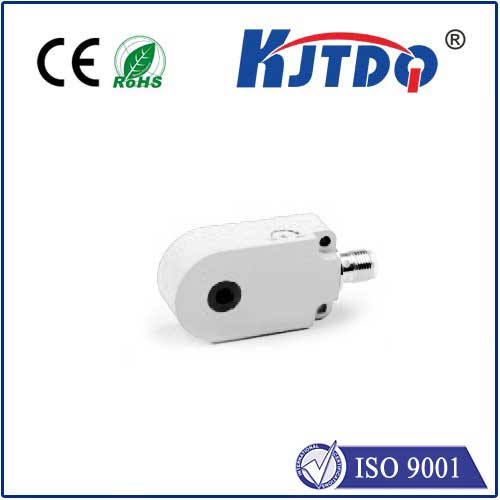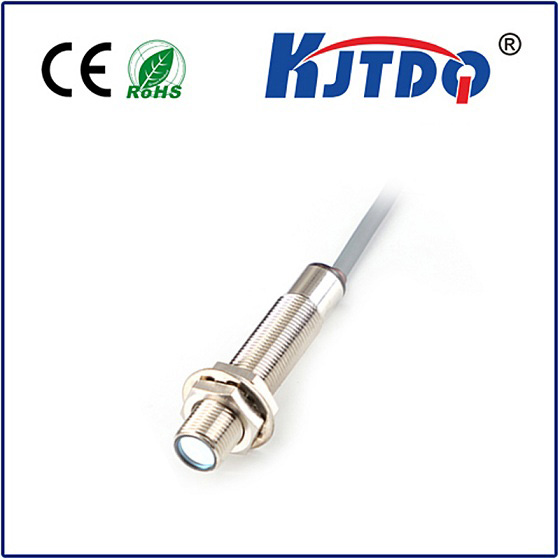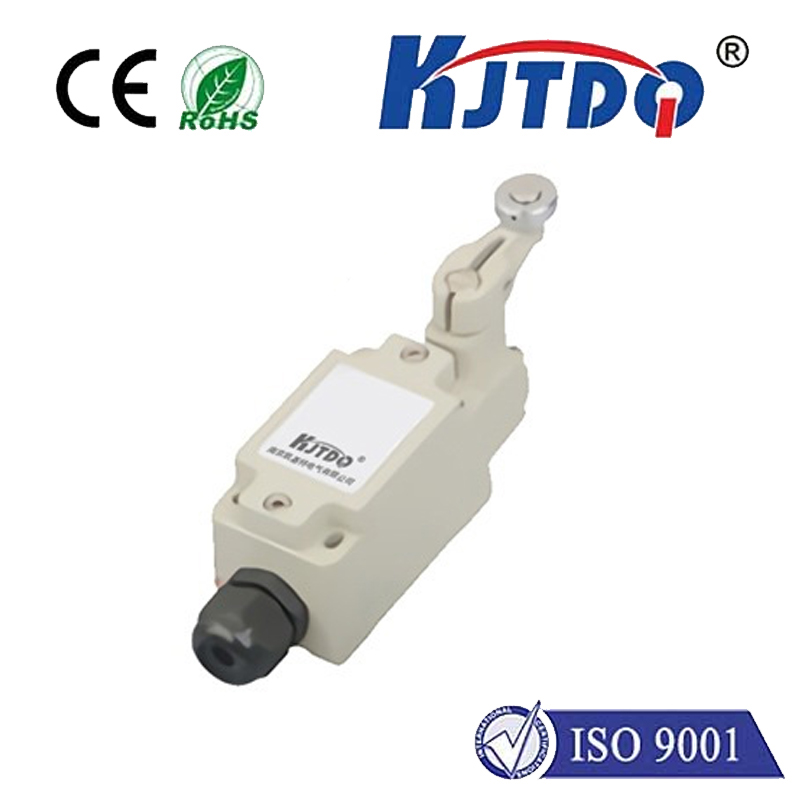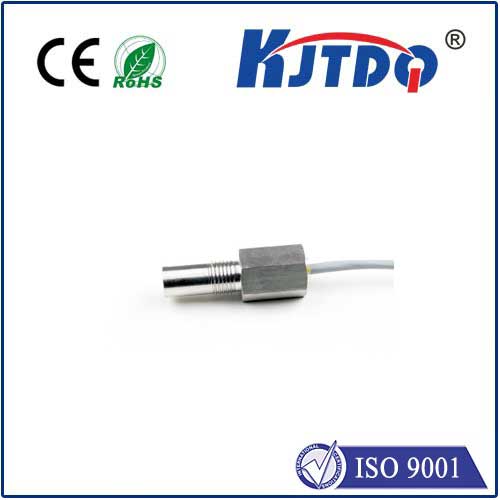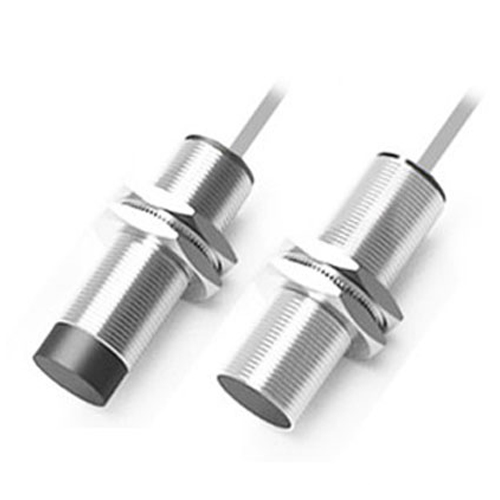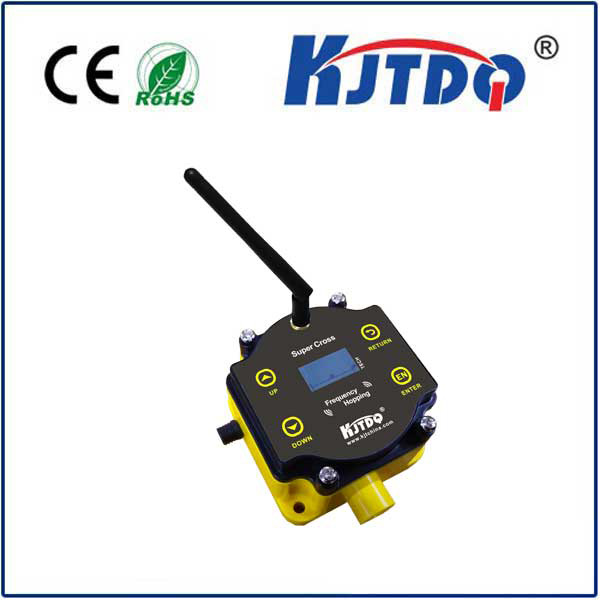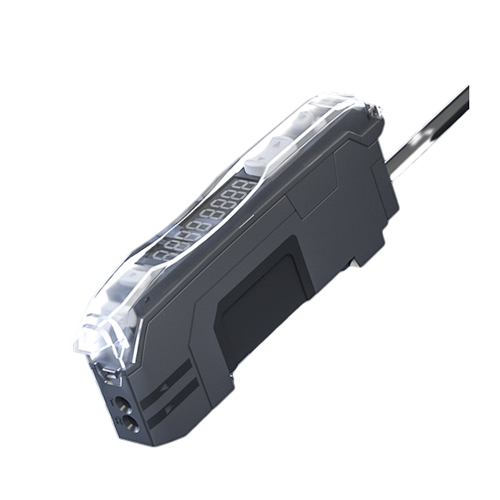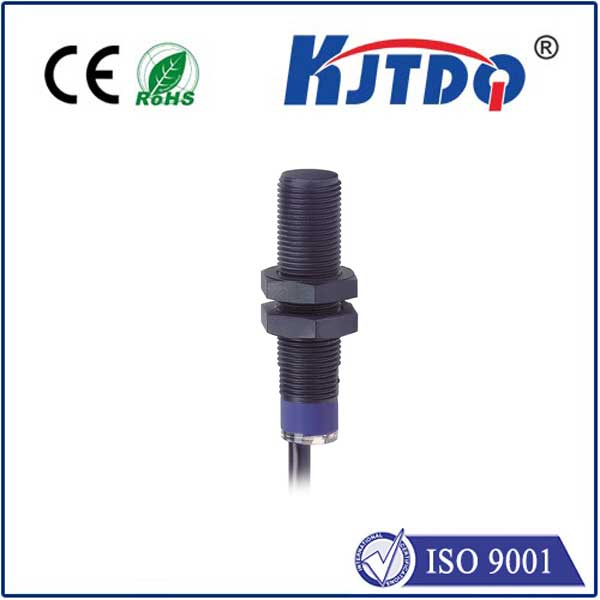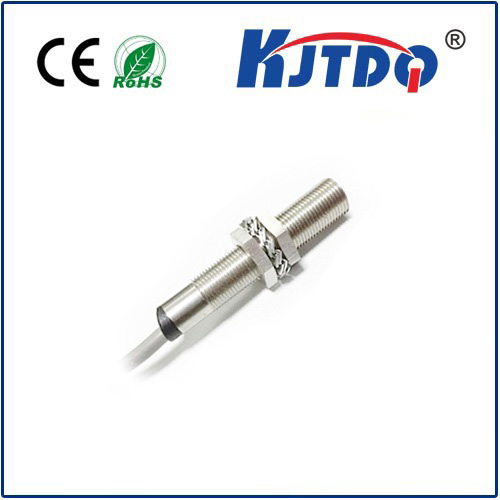waterproof pressure sensor
- time:2025-08-21 00:27:10
- Нажмите:0
The Essential Guide to Waterproof Pressure Sensors: Technology and Applications
In a world increasingly reliant on precise measurements, even the most hostile environments demand accurate data. Imagine machinery submerged, processes running amidst deluges, or equipment facing relentless humidity – traditional sensors falter. This is where the waterproof pressure sensor becomes not just useful, but essential. Engineered to defy moisture, submersion, and corrosive fluids, these robust devices ensure pressure monitoring integrity where standard sensors would fail catastrophically.
Understanding the Core: What Makes a Pressure Sensor Waterproof?
At its heart, a waterproof pressure sensor functions like any pressure transducer: it measures the force exerted by a fluid (liquid or gas) and converts it into an electrical signal (commonly voltage, current, or digital output). The critical differentiator lies in its robust defense against water and moisture intrusion. This protection isn’t merely superficial; it’s a fundamental design principle integrated into the sensor’s core construction.
Key waterproofing strategies include:
- Advanced Sealing Techniques: O-rings and specialized gaskets create impermeable barriers at critical junctions (housing seams, cable entries, diaphragm interfaces). Laser welding and hermetic sealing offer even higher levels of protection for demanding applications.
- Protective Housings: Constructed from materials like high-grade stainless steel (e.g., 316L), titanium, or specialized polymers engineered for corrosion resistance and structural integrity against water pressure.
- Internal Protection (Potting/Gel Filling): Sensitive internal electronics are often encapsulated within a protective waterproof gel or epoxy resin. This material acts as a shock absorber and creates a watertight seal around components, while still allowing pressure transmission to the sensing element.
- Media Isolation: Many waterproof sensors employ stainless steel diaphragms with hydraulic oil filling behind them. The oil transmits pressure to the actual sensing chip (often silicon piezoresistive or capacitive), which is safely isolated within a dry chamber. This prevents water or corrosive media from contacting delicate electronics.
The Critical Language: Demystifying IP Ratings

When selecting a waterproof pressure sensor, Ingress Protection (IP) ratings are the universal standard indicating its level of defense against solids and liquids.
- IP67: Protected against temporary immersion (1 meter depth for up to 30 minutes). Ideal for splashes, heavy rain, or short-term submersion accidents.
- IP68: Protected against continuous immersion at depths specified by the manufacturer (often 3 meters, 5 meters, or significantly deeper). Essential for permanently submersed applications like tank level sensing underwater or deep-well monitoring.
- IP69K: Offers the highest protection level, resisting not only prolonged submersion but also high-pressure, high-temperature water jets used in cleaning processes. Crucial for the food & beverage and pharmaceutical industries.
Understanding the specific IP rating required for your application is paramount. Never assume a sensor is “waterproof” without confirming its certified rating.
Where Impervious Performance is Non-Negotiable: Key Applications
The unique capabilities of waterproof pressure sensors make them indispensable across a vast array of industries:
- Industrial Automation & Process Control: Monitoring and controlling hydraulic/pneumatic systems, pump pressures, fluid levels in tanks (even those storing water or chemicals), and filtration systems exposed to washdowns or humid factory conditions (IP67/IP68/IP69K is frequently required).
- Automotive & Transportation: Measuring critical parameters like tire pressure (TPMS) facing rain, snow, and road spray, engine oil pressure in harsh environments, brake fluid pressure, and fuel tank pressure (requiring resistance to fuels and moisture). Electric vehicle battery cooling systems also rely on them.
- Marine & Subsea: From depth sensing and ballast tank monitoring on ships to sophisticated ROV (Remotely Operated Vehicle) instrumentation and underwater research equipment, robust waterproofing is mandatory for survival and accuracy (High-pressure, deep submergence IP68 variants are common).
- Medical & Life Sciences: Used in equipment needing sterilization (autoclaves), fluid management systems (dialysis, IV pumps), and ventilators, where sensors must withstand cleaning agents, bodily fluids, and steam (IP68 and IP69K are often critical).
- HVAC & Refrigeration: Monitoring refrigerant pressures, chilled/heating water flow, and steam lines, frequently in damp environments or requiring washdown.
- Consumer Electronics & Wearables: Enabling features like swim-proof depth/pressure tracking in smartwatches and fitness trackers (IP68 is standard), or barometric altitude measurement in smartphones facing the elements.
- Environmental Monitoring: Deploying sensors in rivers, lakes, wells, or coastal areas to measure water levels, flow rates, and tidal pressures necessitates exceptional waterproofing and corrosion resistance.
Selecting the Right Waterproof Pressure Sensor: Key Considerations
Choosing the optimal device involves more than just picking a high IP rating:
- Pressure Range & Accuracy: Define the minimum and maximum pressures you need to measure, along with the required precision (e.g., ±0.5% FS).
- Media Compatibility: What fluid will contact the sensor? Ensure the wetted materials (diaphragm, O-rings, housing) are chemically resistant. Stainless steel is standard, but specific alloys or coatings might be needed for highly corrosive media.
- Temperature Range: Operating and storage temperatures can significantly impact sensor performance and sealing integrity. Verify the sensor specs match your environment.
- Electrical Output & Connection: Select the required output signal (analog mV/V, 4-20mA, 0-5/10V, or digital I2C/SPI/Modbus) and a connector/cable type that is itself rated for the environment (e.g., M12 connectors with IP67/IP68 ratings).
- Ingress Protection (IP Rating): As discussed, choose the level (IP67, IP68, IP69K) that definitively covers your exposure risks, including depth and duration of potential submersion.
- Physical Dimensions & Mounting: Ensure the sensor fits into the available space and can be securely mounted using the appropriate thread (e.g., G1/4”, 1⁄2” NPT, M20x1.5) or flange.
- Long-Term Stability & Reliability: Especially for critical or hard-to-access installations, prioritize sensors known for drift resistance and longevity.
Beyond Basic Protection: The True Value Proposition
Waterproof pressure sensors represent a critical investment in reliability and data integrity. Their ability to function accurately in the presence of water translates directly to:
- Reduced Downtime & Maintenance Costs: Failures due to water damage are minimized, maximizing equipment uptime and lowering repair/replacement costs.
- Повышение безопасности: Reliable pressure monitoring is vital for preventing overpressure scenarios in systems containing liquids or gases, especially in submerged or high-moisture environments.
- Accurate Data in Challenging Conditions: Enables monitoring and control processes that simply wouldn’t be feasible with non-protected sensors, unlocking efficiency and performance insights.
- Broader Application Scope: Opens the door to innovation in fields requiring operation in or near water, from deep-sea exploration to advanced medical devices.
From the depths of the ocean to the heart of industrial washdowns and the wearable tech on your wrist, waterproof pressure sensors are the unsung heroes, delivering critical data where water would silence lesser instruments. Understanding their construction, the meaning behind IP ratings, and their vast range of applications is key to harnessing their power effectively. When moisture is the enemy of measurement, these robust sensors provide the definitive solution.

